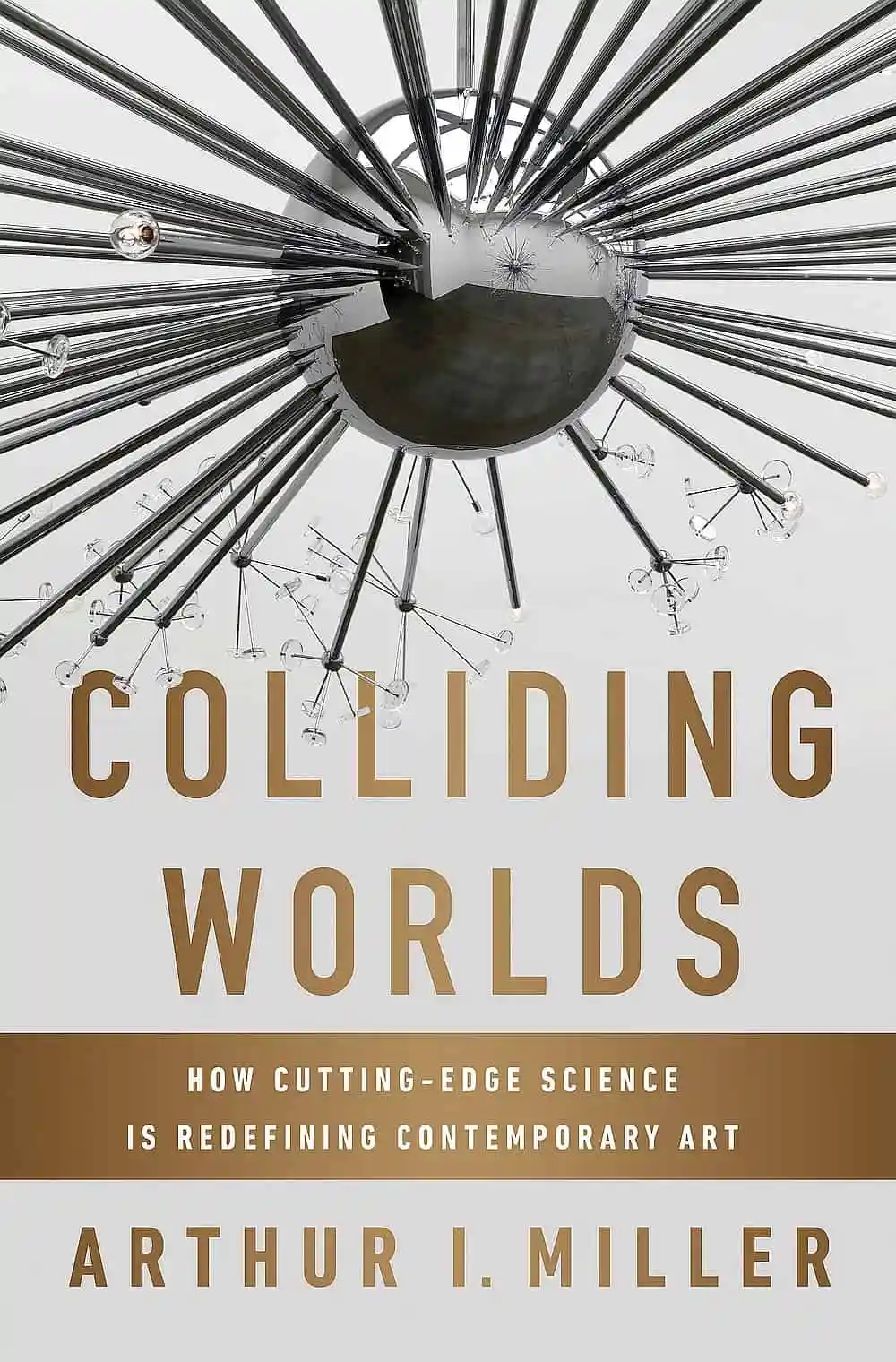In recent decades, an exciting new art movement has emerged in which artists utilize and illuminate the latest advances in science. Some of their provocative creations―a live rabbit implanted with the fluorescent gene of a jellyfish, a gigantic glass-and-chrome sculpture of the Big Bang (pictured on the cover)―can be seen in traditional art museums and magazines, while others are being made by leading designers at Pixar, Google’s Creative Lab, and the MIT Media Lab. In Colliding Worlds, Arthur I. Miller takes readers on a wild journey to explore this new frontier.
Miller, the author of Einstein, Picasso and other celebrated books on science and creativity, traces the movement from its seeds a century ago―when Einstein’s theory of relativity helped shape the thinking of the Cubists―to its flowering today. Through interviews with innovative thinkers and artists across disciplines, Miller shows with verve and clarity how discoveries in biotechnology, cosmology, quantum physics, and beyond are animating the work of designers like Neri Oxman, musicians like David Toop, and the artists-in-residence at CERN’s Large Hadron Collider.
Arthur I. Miller is Emeritus Professor of History and Philosophy of Science at University College London.
Arthur I. Miller explores what happens when the brainwaves, objectivity and logic of science spark off the inspiration, subjectivity and wildness of art, and vice versa. After tracing out the contacts between these spheres of endeavor, Miller goes even further, suggesting that the boundaries between them are breaking down: science is redefining contemporary art to seed a third culture.– ROGER HIGHFIELD, DIRECTOR OF EXTERNAL AFFAIRS, SCIENCE MUSEUM, LONDON





